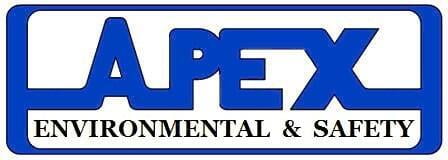Noise hazards pose significant risks to workers' health and safety in various industries. Prolonged exposure to high noise levels can result in hearing loss, stress, and other adverse health effects. To mitigate noise hazards and ensure the well-being of all personnel, it's crucial to implement proper noise control measures and adhere to established safety protocols.
Firstly, conduct a comprehensive noise assessment to identify areas with high noise levels and assess potential risks to workers. Use noise monitoring equipment to measure noise levels accurately and identify sources of excessive noise.
Secondly, implement engineering controls to reduce noise levels at the source. This may include using quieter machinery and equipment, installing sound barriers or enclosures, and implementing noise insulation measures in work areas.
Thirdly, provide personal protective equipment (PPE) such as earplugs or earmuffs to workers exposed to high noise levels. Ensure that PPE is properly fitted, maintained, and worn consistently in noisy environments.
Lastly, establish administrative controls such as job rotation or limiting exposure time to reduce the duration and intensity of noise exposure. Educate workers on the risks of noise exposure and the importance of following noise control measures and wearing hearing protection.
By prioritizing noise hazard identification and control measures, we can protect workers from the harmful effects of excessive noise and create a safer and healthier work environment for all.
Protecting Wildlife:
Protecting wildlife is essential for maintaining biodiversity and preserving ecosystems for future generations. As organizations operating in various environments, it's our responsibility to minimize our impact on wildlife habitats and promote conservation efforts.
One way to protect wildlife is by implementing habitat conservation measures on our premises and in areas where we conduct operations. This may include preserving natural habitats, restoring degraded ecosystems, and creating wildlife corridors to facilitate the movement of species.
Furthermore, incorporating wildlife-friendly practices into our operations can help minimize disturbances to wildlife populations. This includes minimizing noise and light pollution, controlling invasive species, and managing waste and pollution to prevent adverse effects on wildlife and their habitats.
Engaging in partnerships with conservation organizations and participating in wildlife monitoring and research initiatives can also contribute to wildlife protection efforts. By supporting conservation projects and collaborating with experts, we can enhance our understanding of local wildlife populations and implement effective conservation strategies.
Educating employees and stakeholders about the importance of wildlife conservation and promoting responsible environmental stewardship can also play a significant role in protecting wildlife. By raising awareness and fostering a culture of respect for nature, we can inspire positive actions to safeguard wildlife and their habitats.
Overall, by integrating wildlife protection principles into our operations and fostering collaboration with stakeholders, we can make meaningful contributions to wildlife conservation efforts and help ensure the long-term survival of diverse species and ecosystems.

